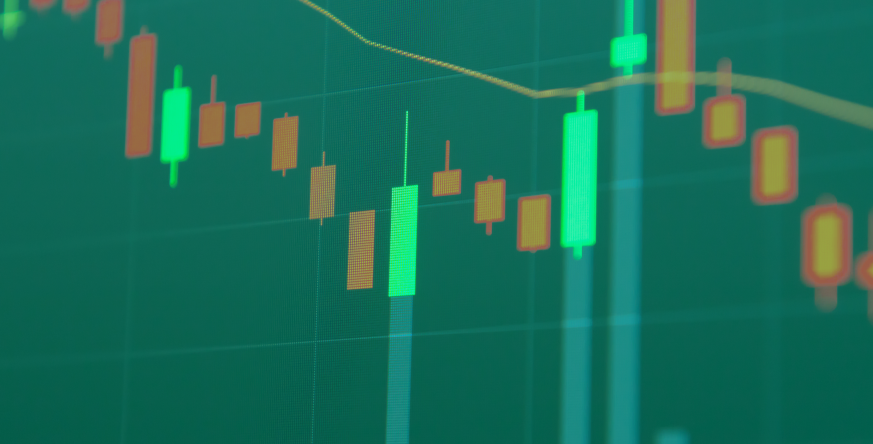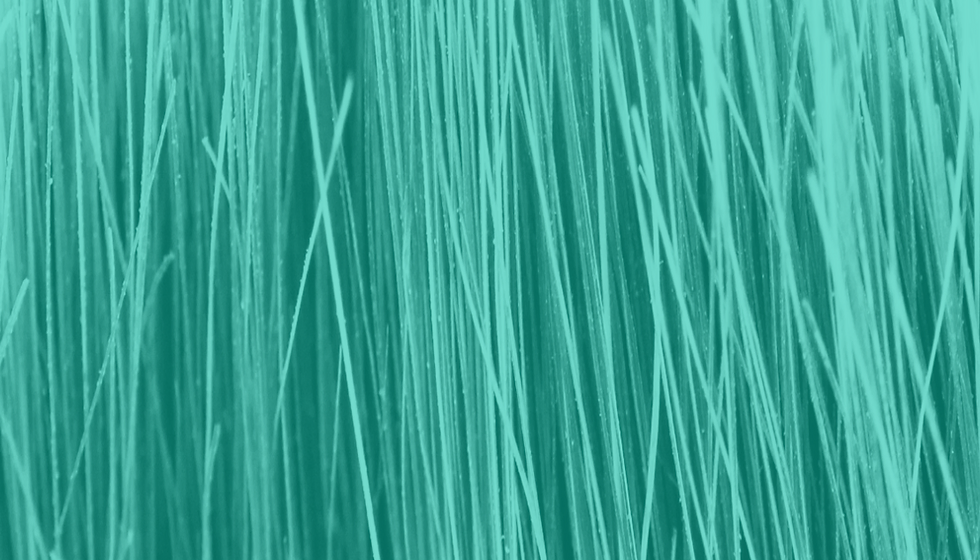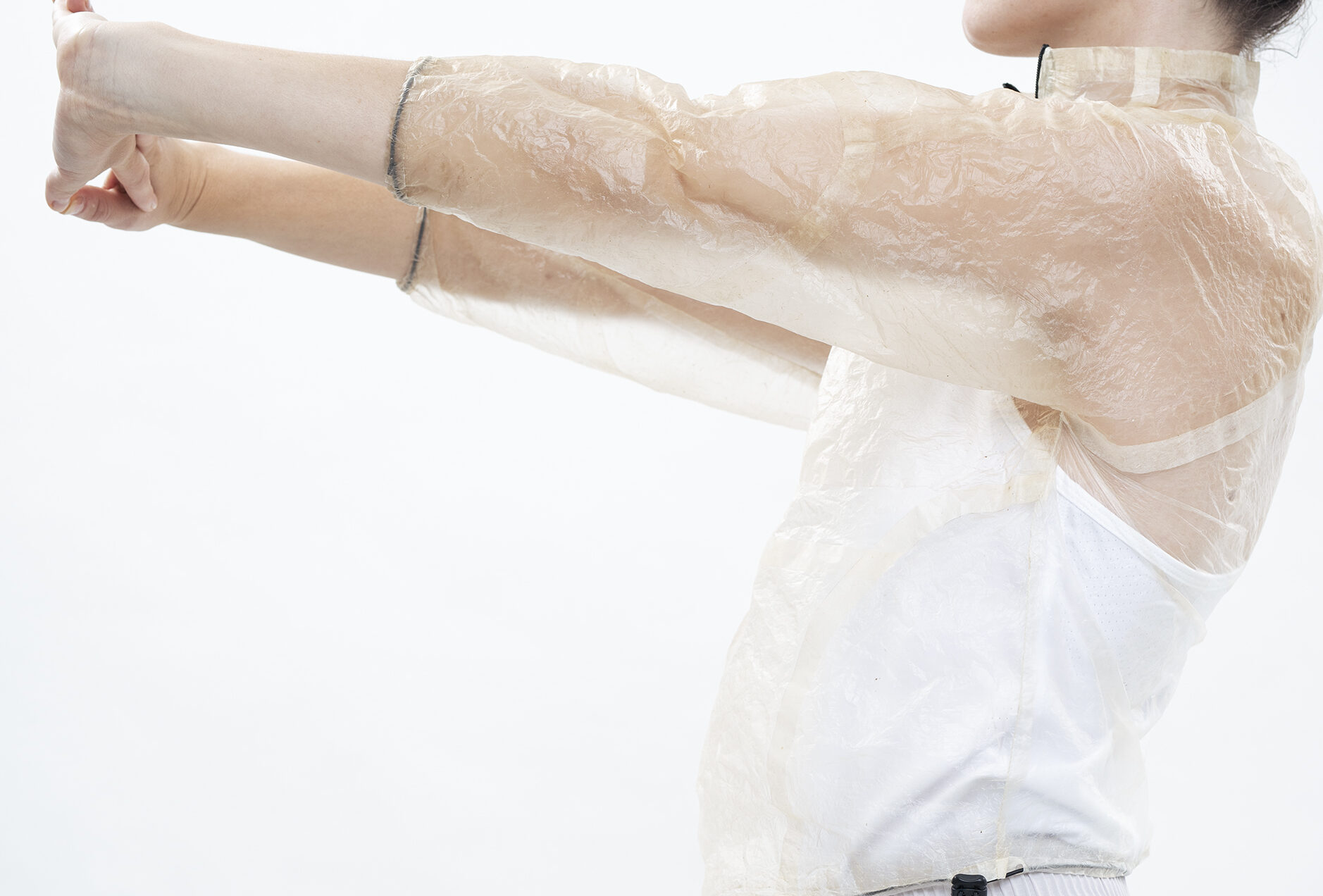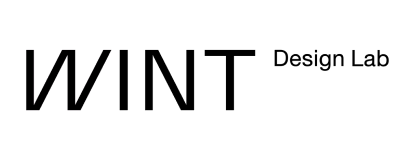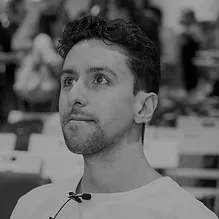APPROACH
Textile substrate development will require the biotechnological production of protein polymers using synthetic biology at ton-range. To this end, we will decode the goldbeater´s skin structural make-up through biochemical analysis and RNA sequencing. We see an enormous potential for developing materials based on goldbeater´s skin to replace spandex (elastane, i.e. polyether-polyurea copolymers). In 2015 total production for spandex was estimated at over 760 kilo tons and is likely to exceed 1,550 kilo tons by 2023 which translates to roughly 8 Billion $ market volume. The entire market volume for elastomeric materials is close to 100 Billion $. GOLD aims at demonstrating the rapid and cost-efficient development of a novel collagen-derived biomaterial for high-performance and next-gen consumer-oriented fabrics and textiles. We will create a demonstrator based on natural Goldschlägerhaut to communicate the long-term vision of biofabricated textiles.
